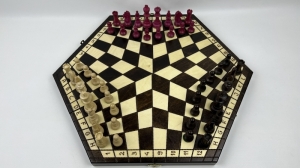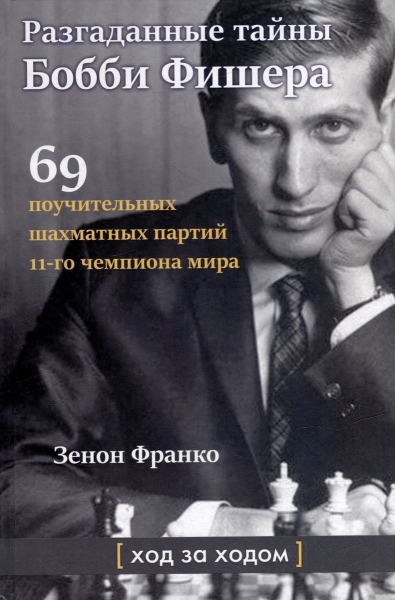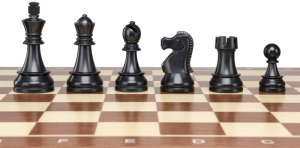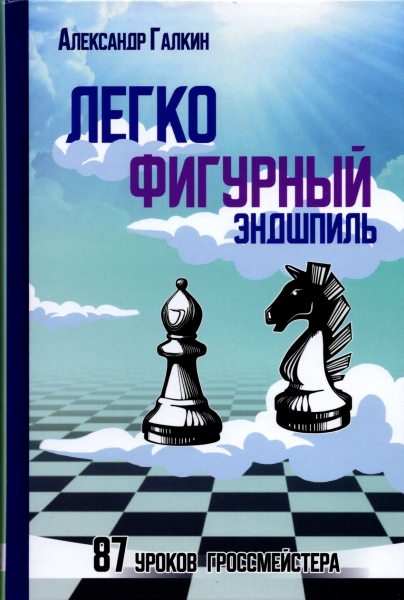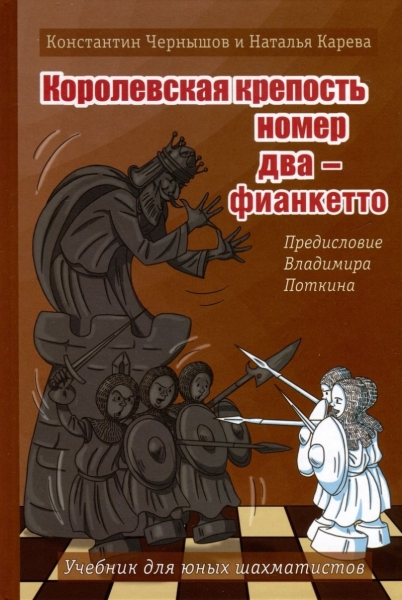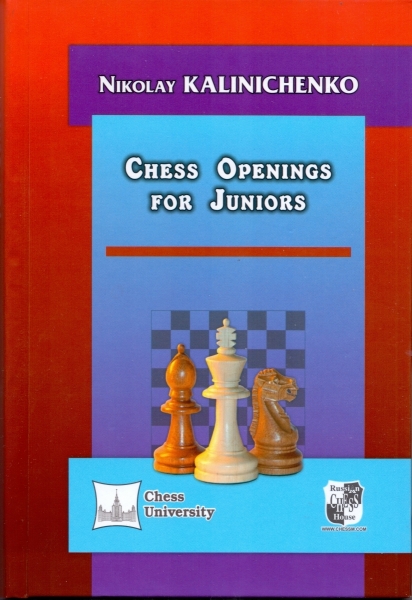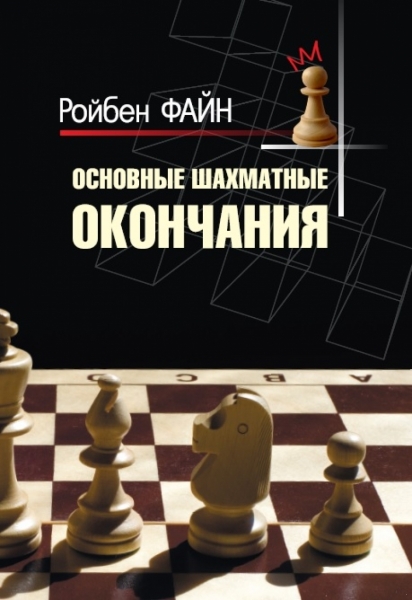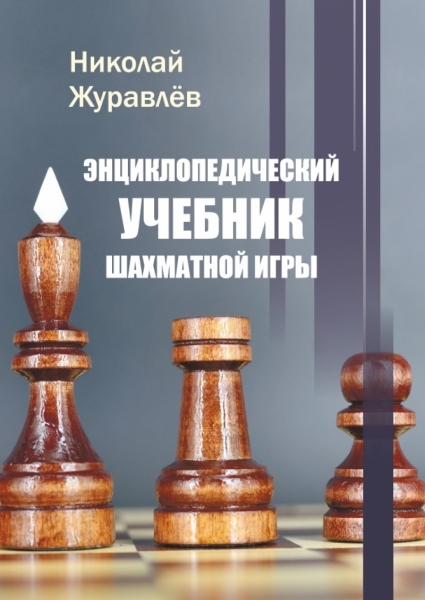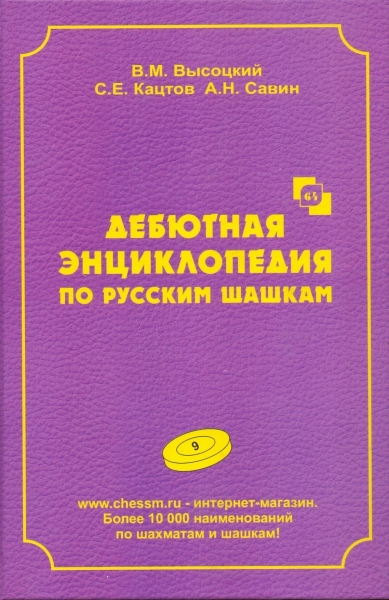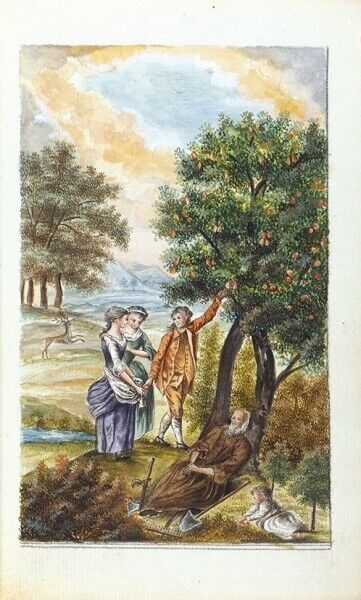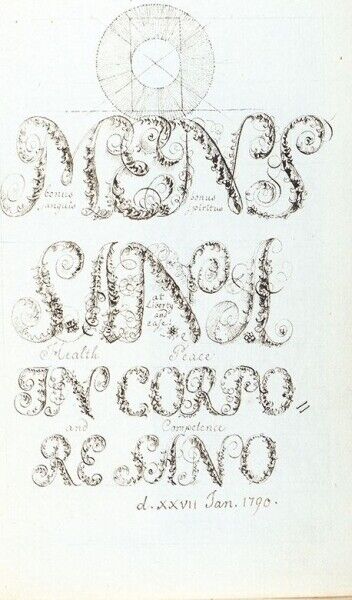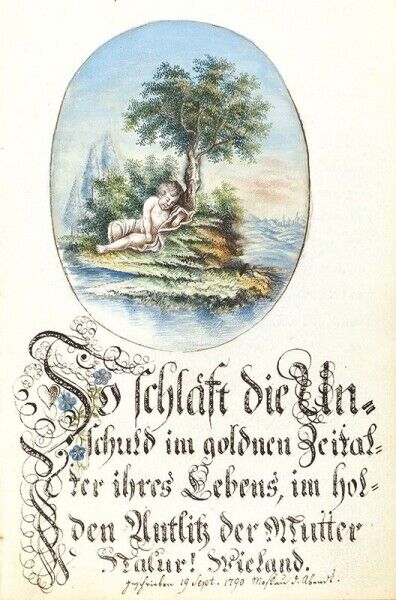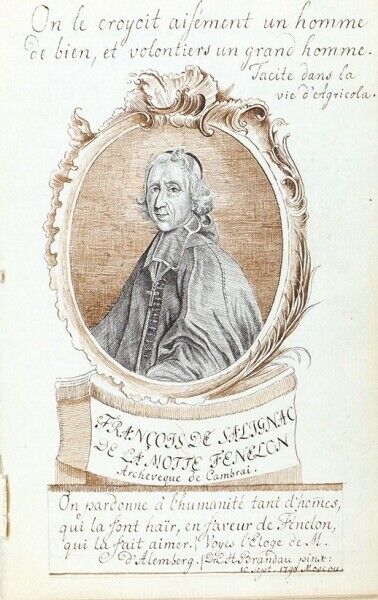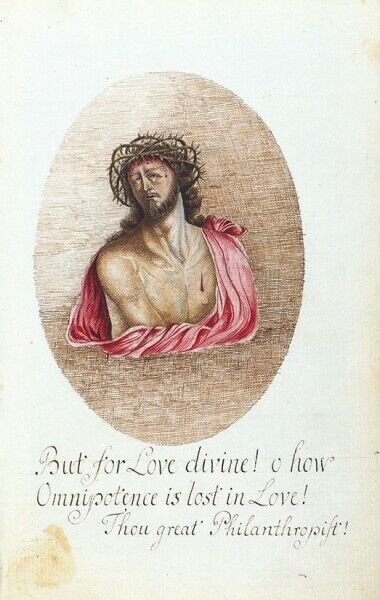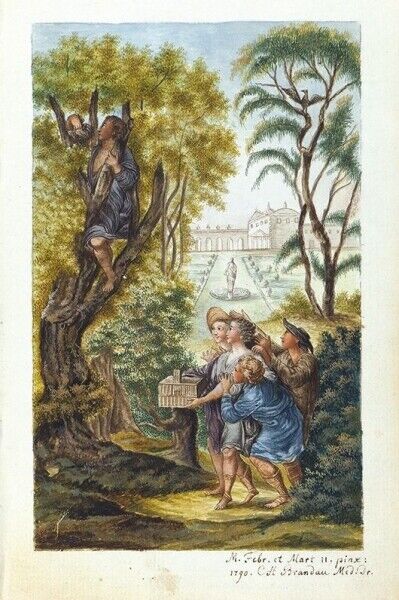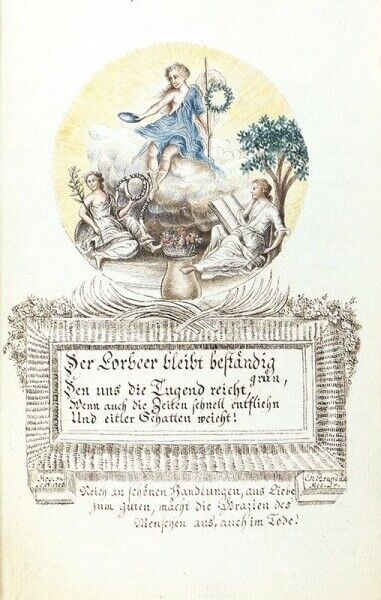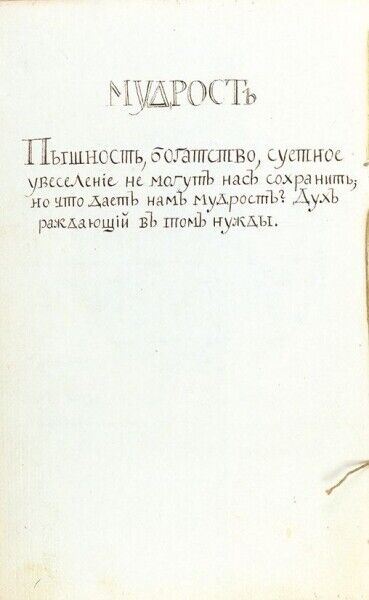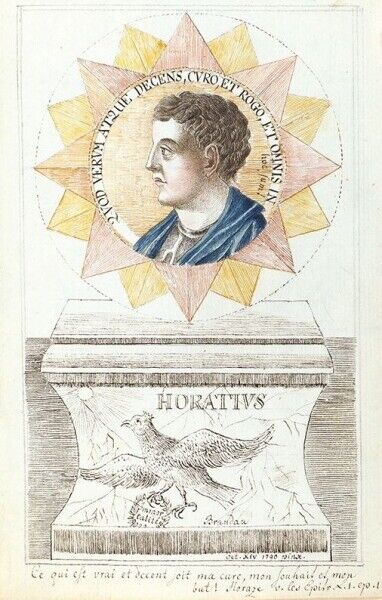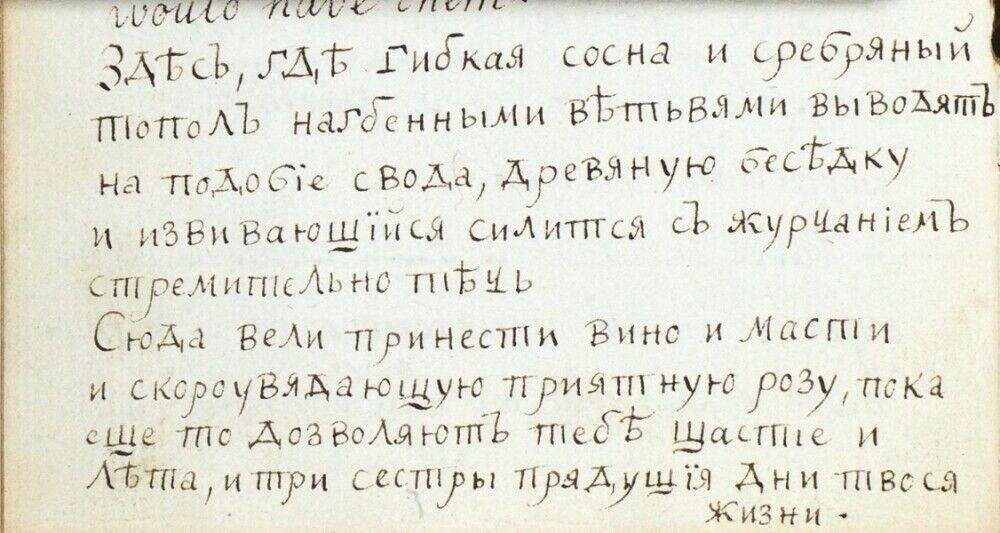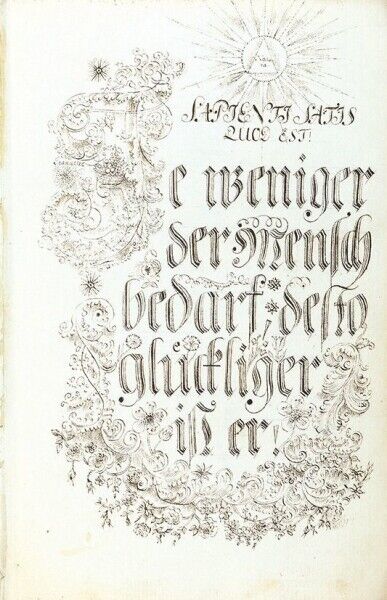Antique Masonic Manuscript. Brandau C.H. End of XVIII century
Description:
Brandau C. H.,famous German medic. Masonic manuscript ( 144 pages in cartonage of the XVIII century, the spine is lost, binding, 20.3 x The manuscript is written in a calligraphic handwriting in English, French, German, Russian, ancient Greek, Latin, and other languages. It is richly illustrated, and the drawings are executed with paints, pen, and mixed media. On the back of the top cover is a sticker with the inscription " From the books of the Viceroy T. S. Lavra Archim. Antonia" (1875). The manuscript comes from the collection of Archimandrite Anthony (in the world Andrey Gavrilovich Medvedev; 1792-1877), vicar of the Trinity-Sergius Lavra, a locally venerated Saint. Manuscript of the XVIII century from the library of the Vicar of the Trinity-Sergius Lavra Archimandrite Anthony with his entry in 1875 Not the least role in the appeal of Nikolai Novikov to the organization of Moscow masons was played by personal friendship with many prominent figures of Freemasonry, common literary and public interests. He was obliged to get acquainted with M. M. Kheraskov by renting a printing house of the In his book publishing, bookselling, and charitable activities in Novikov paid little attention to Masonic Affairs, as he admitted more than once: "On my arrival in
-
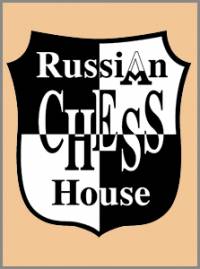 The life of a chess player in the system. Memories of the grandmaster
Author:
The life of a chess player in the system. Memories of the grandmaster
Author:
Averbah 45.00 $ -
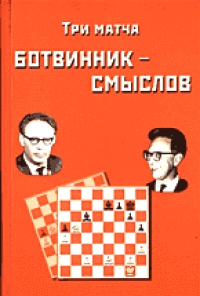 Три матча Ботвинник-Смыслов
Author:
Три матча Ботвинник-Смыслов
Author:
Botvinnik 45.00 $ -
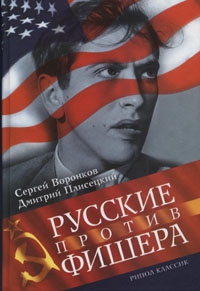 Russians vs Fisher
Author:
Russians vs Fisher
Author:
Voronkov 65.00 $ -
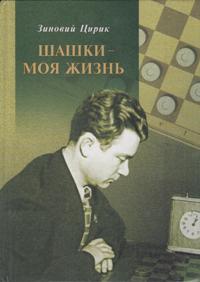 Checkers is my life
Author:
Checkers is my life
Author:
Ciric 87.50 $ -
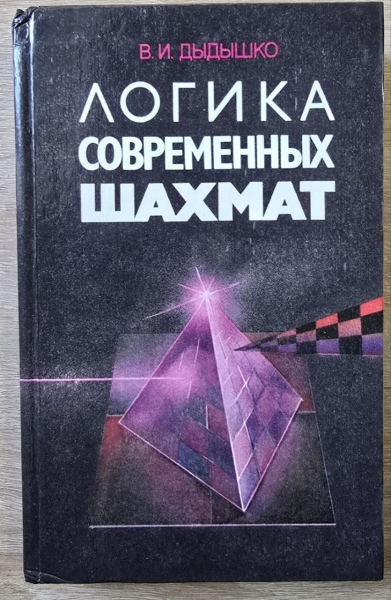 The logic of modern chess
Author:
The logic of modern chess
Author:
Dydyshko 72.50 $ -
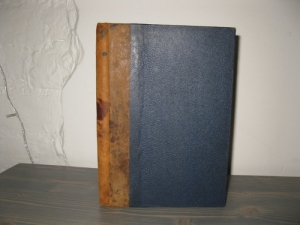 Siegbert Tarrasch. The Queen
Author:
Siegbert Tarrasch. The Queen
Author:
Tarrash 72.50 $ -
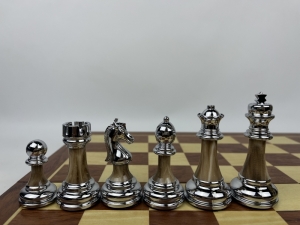 High quality acrylic metal heavy chess pieces with wooden board
202.50 $
High quality acrylic metal heavy chess pieces with wooden board
202.50 $
-
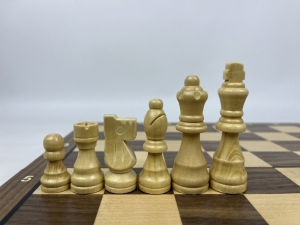 Wooden magnetic Staunton chess with a lock (silver)
56.25 $
Wooden magnetic Staunton chess with a lock (silver)
56.25 $
-
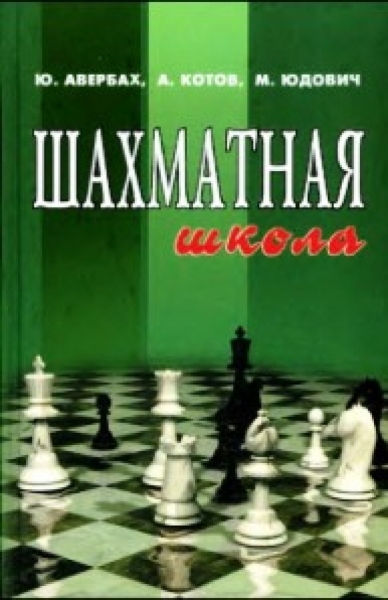 Chess school
Author:
Chess school
Author:
Averbah 15.00 $ -
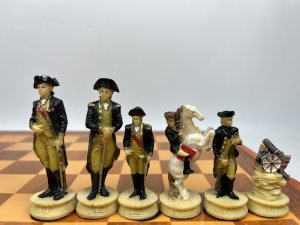 The chess set of The Chessmen. US war - Great Britain
325.00 $
The chess set of The Chessmen. US war - Great Britain
325.00 $
 Русский
Русский  Английский
Английский 